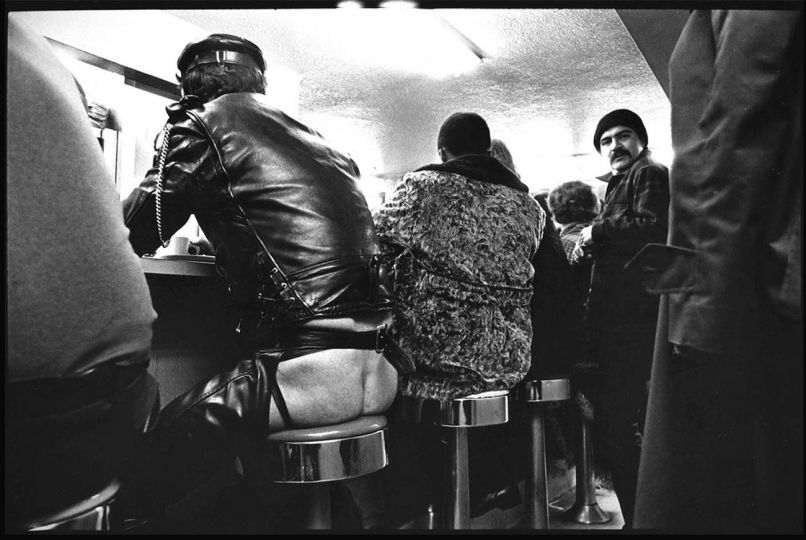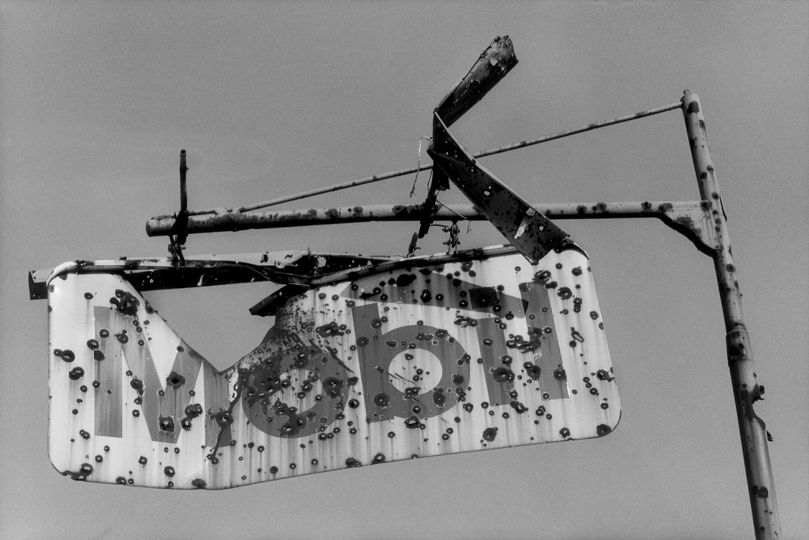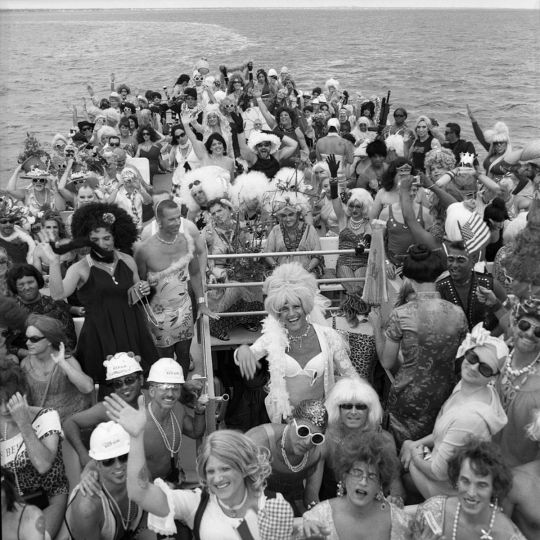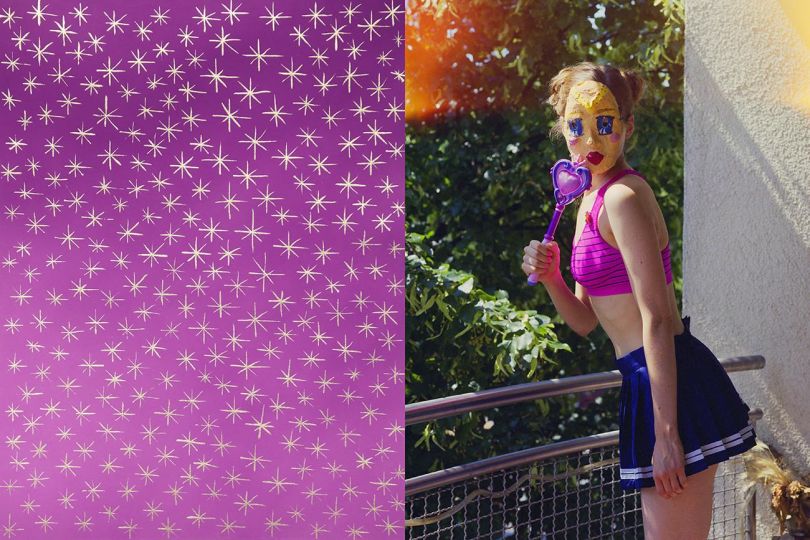Le décès de Steve Jobs le 5 octobre dernier a mobilisé toute l’actualité de la semaine. Magazines d’actualité, de finance, de musique, people. Tous ont réservé leur couverture au cofondateur d’Apple. Ailleurs dans le monde, les conflits se poursuivent. Qu’ils soient religieux au Pakistan et en Egypte ou politiques en Lybie, en Corée du Nord et à Wall Street. Pendant ce temps, Johnny Deep mène la grande vie et les athlètes nous dévoilent leurs corps…Un grain de beauté dans un monde de brute.
L'accès à ce contenu est réservé exclusivement à nos abonnés. Si vous êtes déjà membre, vous pouvez vous connecter ci-dessous.
Abonnez-vous aux archives pour un accès complet à L’Œil de la Photographie !
Ce sont des milliers d’images et d’articles, documentant l’histoire de la photographie et son évolution au cours des dernières décennies, à travers un journal quotidien unique. Explorez comment la photographie, en tant qu’art et phénomène social, continue de définir notre expérience du monde.
Deux offres sont disponibles. Abonnez-vous à l’offre sans engagement pour 8 € par mois ou à l’offre à l’année pour 79 € (2 mois offerts).
















